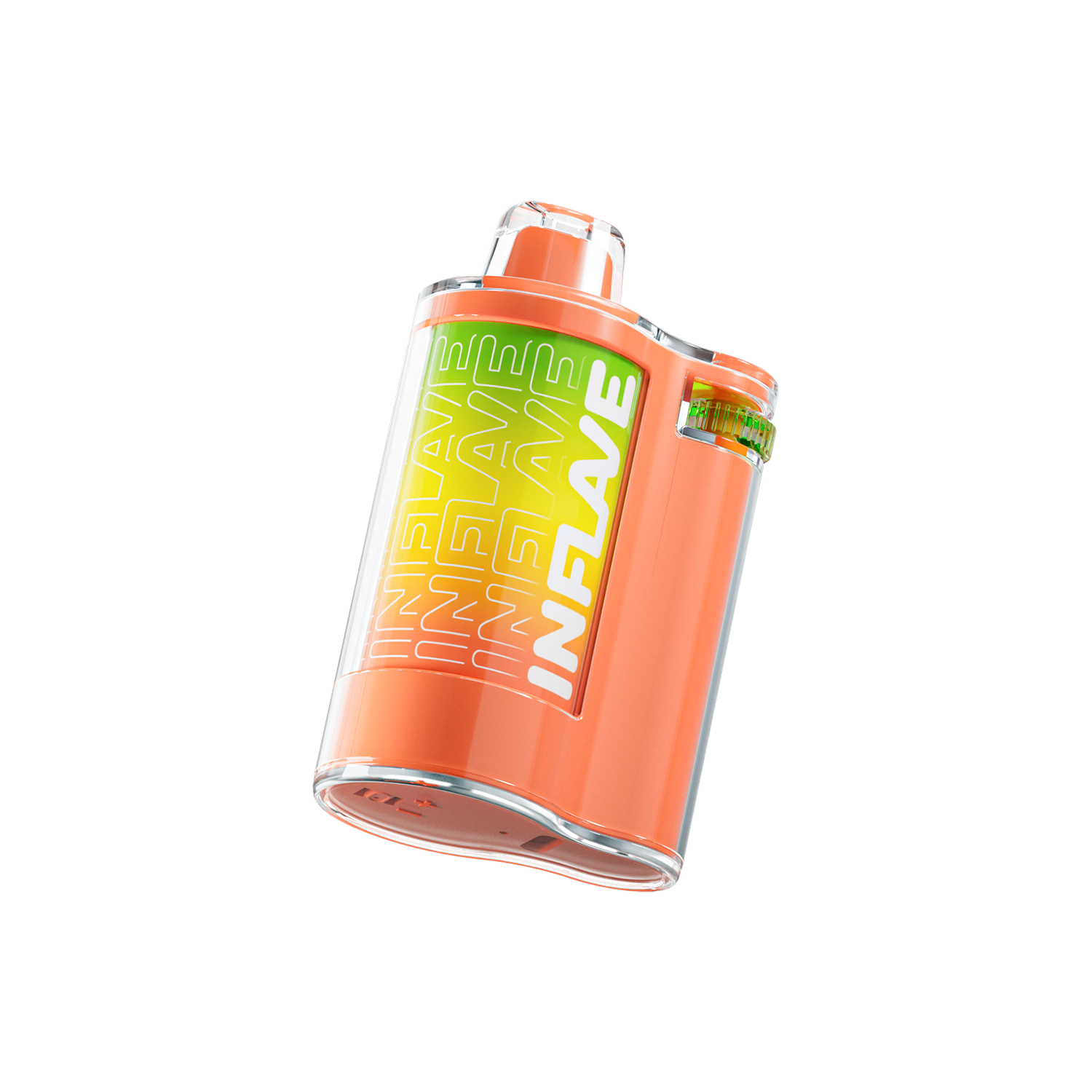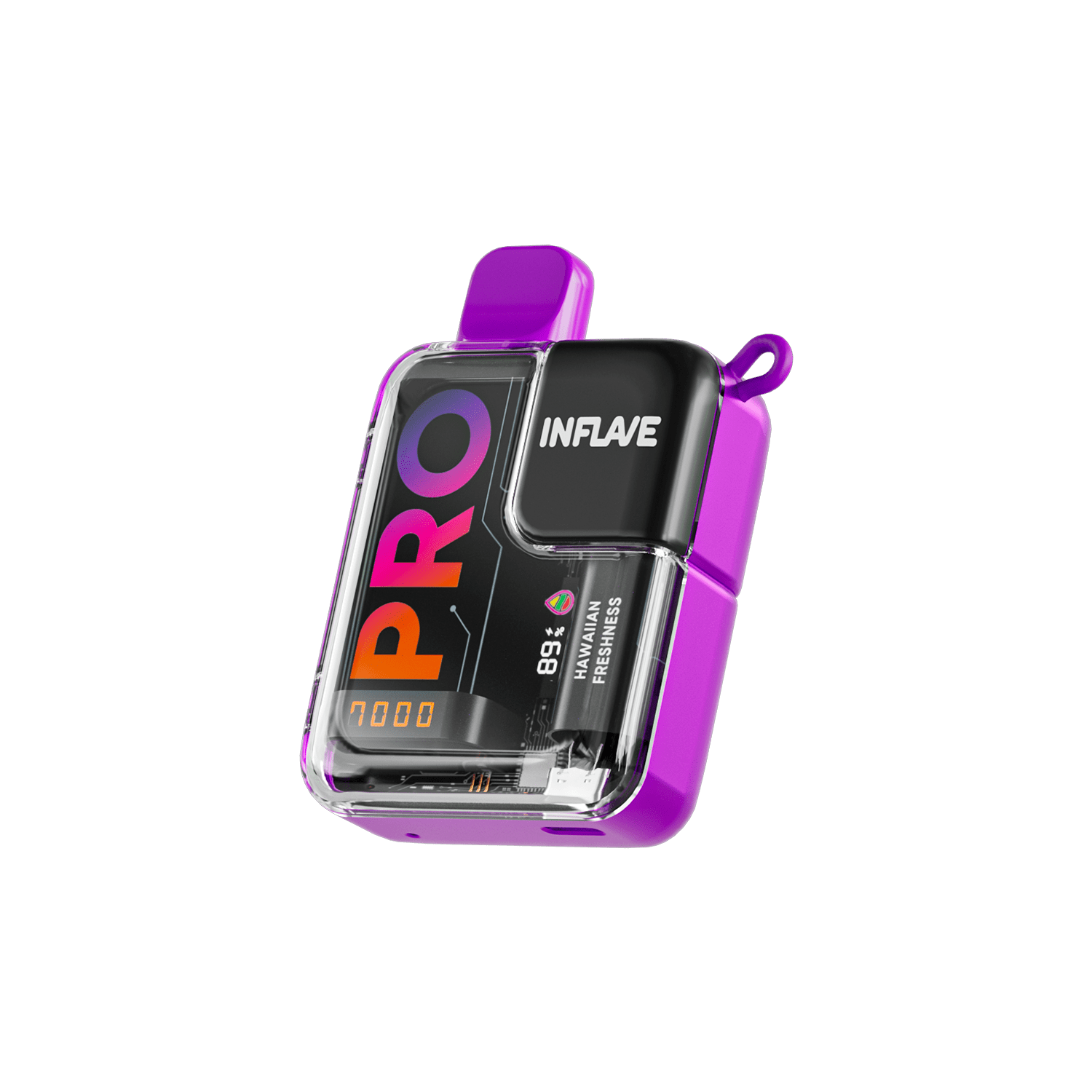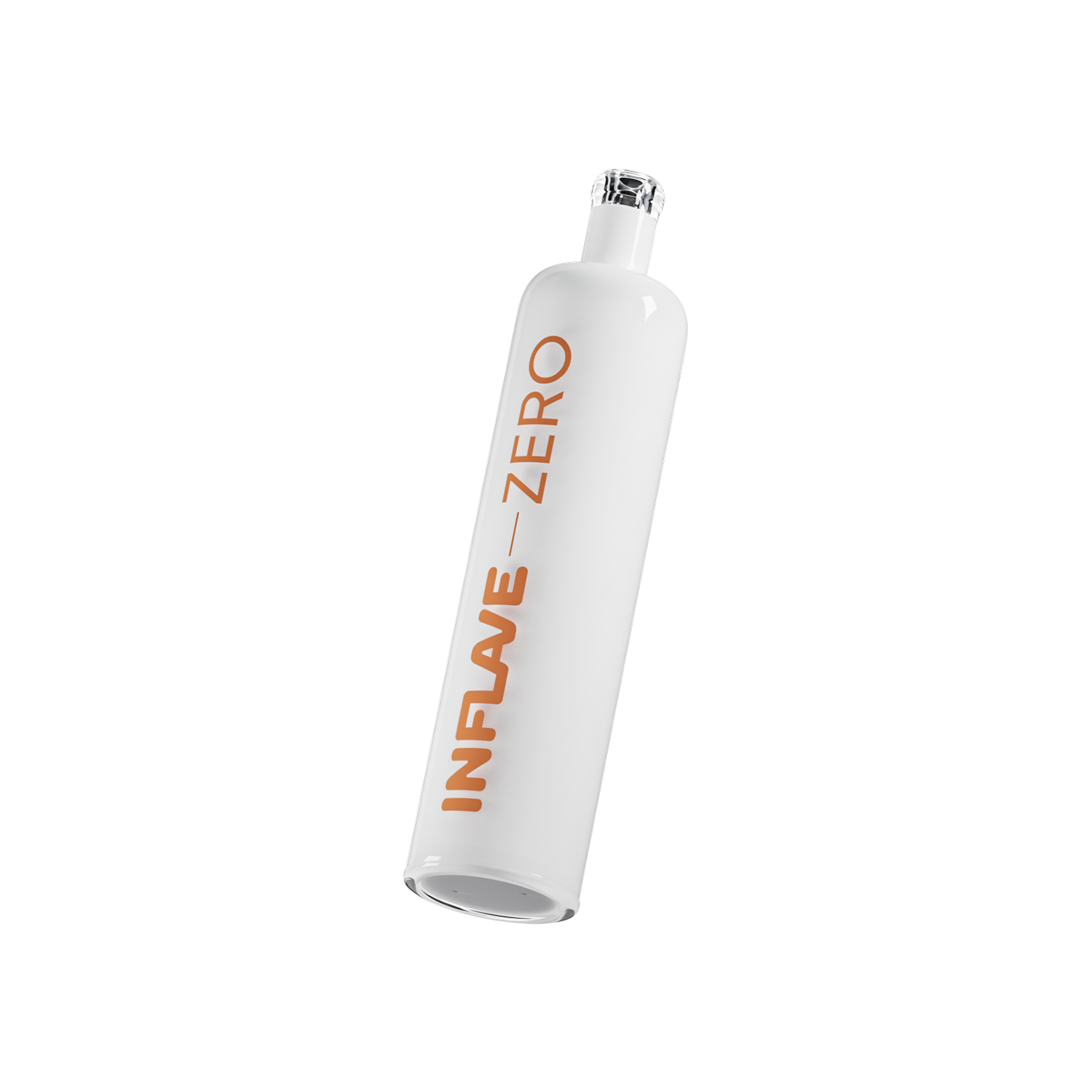Everything About Glycerine and Propylene Glycol
19.07.2024
Understanding Vegetable Glycerin and Propylene Glycol in E-Cigarettes
In this article, we’ll explore the critical components of e-cigarette liquids: vegetable glycerin (VG) and propylene glycol (PG). These ingredients are fundamental to the composition of vape liquids and have important implications for user experience and health. Let’s dive into their properties, functions, and potential health impacts.
Vegetable Glycerin (VG): Key Characteristics and Role in Vaping
Vegetable glycerin, a clear and odorless liquid, is derived from vegetable oils such as soybean, coconut, and palm. Known for its natural sweetness and thick consistency, VG plays a significant role in e-cigarette liquids:
- Flavor Enhancement: VG adds a touch of sweetness, improving the overall flavor profile of the e-liquid.
- Aroma Amplification: It intensifies the flavors, making them more pronounced during vaping.
- Vapor Production: VG contributes to the creation of dense vapor clouds, which many users find appealing.
- Mixing Base: It serves as the primary carrier for other ingredients, ensuring a consistent blend.
- Reduced Irritation: VG can mitigate the throat irritation often caused by nicotine and PG.
Health Considerations of Glycerin
While VG is generally safe, its use in vaping can have certain effects on health:
- Mouth and Throat Dryness: VG absorbs moisture, potentially leading to dryness and irritation in the mouth and throat, which may result in increased thirst.
- High-Temperature Risks: At very high temperatures (around 280°C), VG can release harmful substances. However, typical vaping temperatures are unlikely to reach these levels.
- Dental Health: VG can create a film on teeth, which might increase the risk of dental issues such as cavities.
- Allergic Reactions: Certain glycerin-based flavors could cause allergic reactions in sensitive individuals when combined with other e-liquid components.
Propylene Glycol (PG): A Versatile Compound
Propylene glycol is another key ingredient in e-liquids, known for its low viscosity and wide application in various industries. It is derived from propylene oxide and serves multiple functions in vaping:
- Flavor Intensification: PG enhances flavor intensity, providing a more robust vaping experience.
- Moderate Vapor Formation: It produces a more moderate amount of vapor compared to VG.
- Device Recharge: PG helps in quick recharging of the device between puffs.
Health Implications of Propylene Glycol
Although PG is safe in small amounts, its effects in vaping are notable:
- Dryness and Irritation: Similar to VG, PG absorbs moisture from mucous membranes, leading to dryness and potential irritation.
- Systemic Absorption: PG can enter the bloodstream but is mostly excreted through urination. Caution is advised for individuals with heart conditions.
- Respiratory Impact: Prolonged use of PG in vaping may affect the respiratory system, particularly in those with existing conditions.
Balancing VG and PG
Manufacturers often blend VG and PG in specific ratios to optimize e-liquid performance. Common ratios include 50/50, 60/40, and 70/30, balancing flavor strength, throat hit, and vapor density. These mixtures cater to various user preferences by combining the benefits of both substances.
Looking Ahead: The Future of Vaping Ingredients
In summary, VG and PG are integral to e-liquid formulations, each with distinct characteristics and health considerations. As the vaping industry evolves, future developments may lead to new formulations that could eliminate or reduce the reliance on these components, potentially offering safer and more effective alternatives.
















